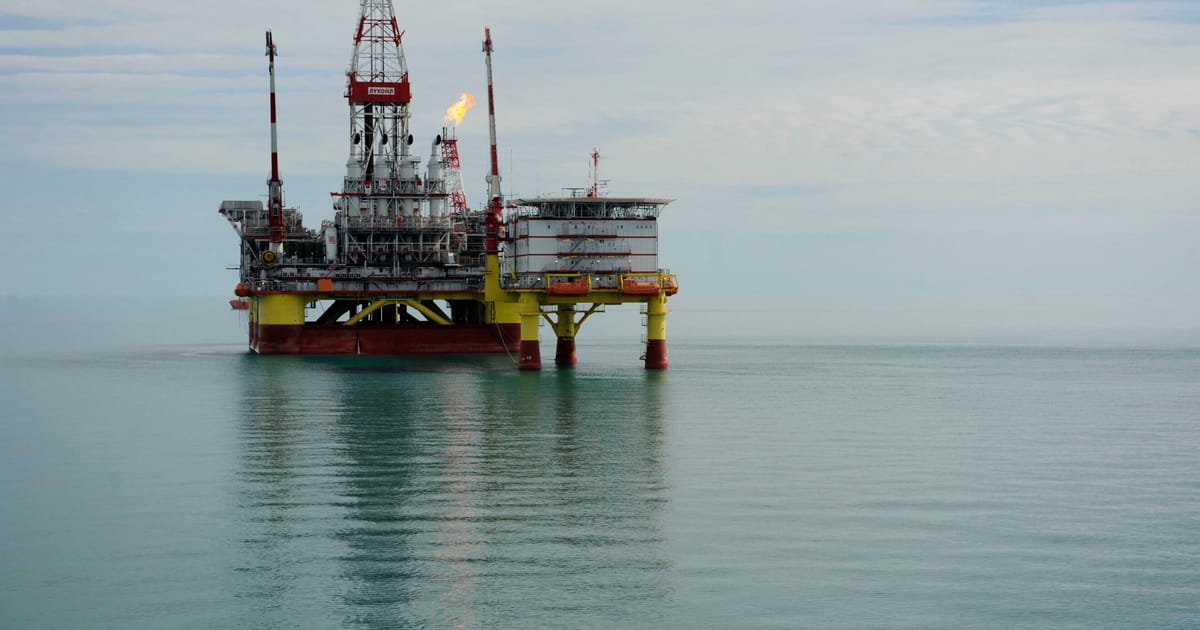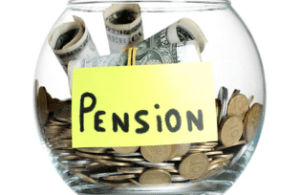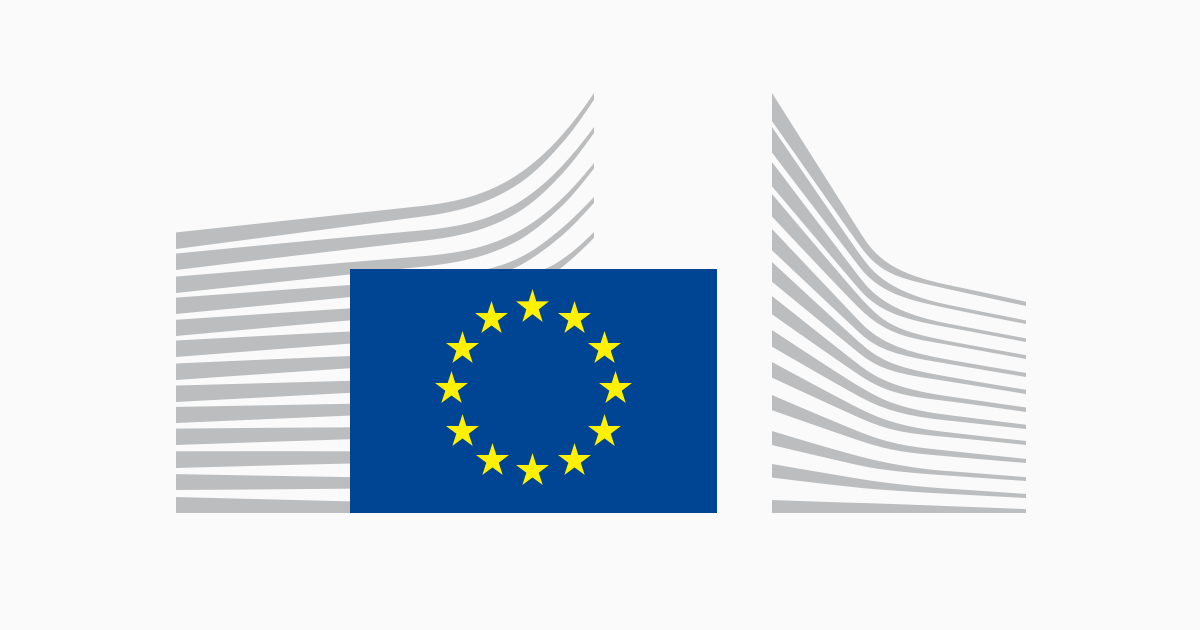A Western effort to cap Russia’s oil revenues after Moscow launched its war on Ukraine has essentially failed a year since it was first agreed, a new report seen by POLITICO found, prompting renewed pleas from Kyiv for its allies to take tougher action.
G7 nations and the EU imposed a $60-per-barrel ceiling on Russian crude oil last December in an attempt to keep oil supplies stable globally while starving the Kremlin’s war chest. But widespread circumvention, gaping loopholes and the ongoing fuel business mean Moscow is still earning billions from its flagship export that it can use to prolong the war.
It’s not that the price limit has had no effect. Over the last year, the scheme has cost the Kremlin €34 billion in export revenues, the equivalent of around two months of earnings this year, according to the new analysis from the Centre for Research on Energy and Clean Air (CREA) think tank shared with POLITICO.
But that’s far less than those who designed the rules had hoped; moreover, the impact was felt most intensely in the first half of 2023 before beginning to fade. Russian oil now consistently sells for more than the $60 limit.
“The impact of the price cap has been limited due to inadequate monitoring and enforcement,” said Isaac Levi, who leads CREA’s work on Europe and Russia, with Western nations failing to crack down on sanctions loopholes.
The shortfall is partly due to traders simply ignoring the price ceiling, the report states, and Russian oil is selling for roughly $70 a barrel. Around 48 percent of Russian oil cargoes were carried on tankers owned or insured in G7 and EU countries, the researchers found; in theory, the price cap should apply to these vessels, which comprise the vast majority of the global fleet — but in practice, few operators have been targeted.
A “refining loophole” has also undermined Western efforts. Countries like India are buying huge volumes of Russian crude on the cheap, processing it and then selling it to anyone who wants it, without restrictions. That means European consumers could unknowingly be using petrol, diesel and jet fuel produced from Russian crude, bankrolling Moscow’s armed forces at the same time.
The data support this suspicion. New Delhi increased Russian oil imports by 134 percent over the past year, accounting for almost half of Russia’s seaborne crude trade; Indian exports of fuel products to the EU have skyrocketed at the same time. While technically not a breach of EU sanctions, Ukraine has called for Brussels to ban these third-party sales.
Only a handful of individuals have been charged by Western governments for failing to adhere to the rules, and investigations into alleged wrongdoing are rare. Meanwhile, Russia has openly flouted the ban, while a shadow fleet of aging tankers contrives to obscure the true origin of its supplies.
Changing the rules to ban these practices, and ensuring that sanctions violations draw consequences, would make it harder for the Kremlin to pay for the weapons and military salaries that sustain the conflict in Ukraine, the report states. “The sanctions have not reduced the Kremlin’s resolve for war.”
Mind the gaps
Ukraine has long warned of the prevalence of such behavior.
“These findings aren’t a surprise — the oil price cap was designed very well but the weakest part has always been enforcement,” Oleg Ustenko, an economic advisor to Ukrainian President Volodymyr Zelenskyy, told POLITICO.
“When the rules were introduced a year ago there was almost panic on the Russian market. There was a significant decline in their revenues. But they have been trying to find all available loopholes, and eventually they have found them,” he said.
Ustenko is now calling for the criminal prosecution of anyone found to be involved in circumventing the restrictions on Russian energy.
The limited impact of the oil price cap is “disappointing” but “not entirely surprising,” said one EU diplomat who was granted anonymity to speak candidly. Those results, the diplomat continued, should now encourage “further reflections on what we can do to close loopholes, prevent circumvention, whilst being mindful that it’s never going to be 100 percent watertight.”
EU countries are now discussing new ways to tighten enforcement of the cap in the bloc’s 12th round of sanctions against Russia, according to a draft seen by POLITICO, including new obligations for traders and ship charterers to provide data on shipments.
But according to Janis Kluge, a senior associate at the German Institute for International and Security Affairs, a more effective way of ensuring compliance would be to threaten traders and shippers with sanctions.
“This tool still has some life in it and still has some potential to restrict Russian export revenue, but the way it’s enforced has to be changed for that to be successful,” he said.
Another possibility is lowering the price cap level, something Kyiv has long called for. Setting the limit at $30 a barrel, for example, would have cut Russia’s revenues by 49 percent over the past year alone, CREA said.
The modest cash impact of the ban means the EU should also adjust its expectations of sanctions, Kluge said, since a weak ruble and high oil exports will keep sufficient money flowing into the Kremlin’s budget.
“At current prices, and even if Russia earns these $60 dollars in the price cap … this will not affect revenue enough to force any change of strategy or to limit Russia’s resources enough to make a difference on the battlefield,” he said.




